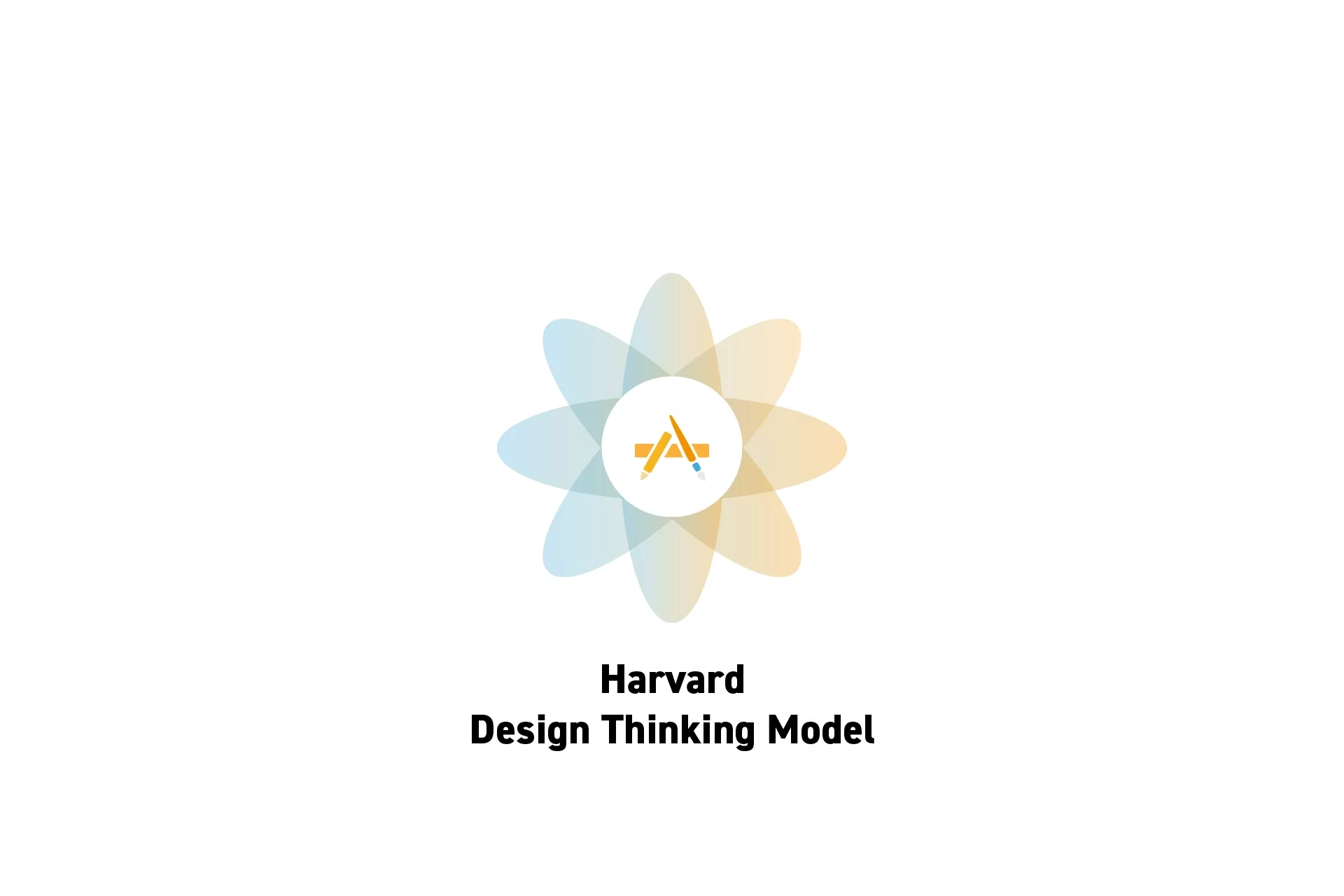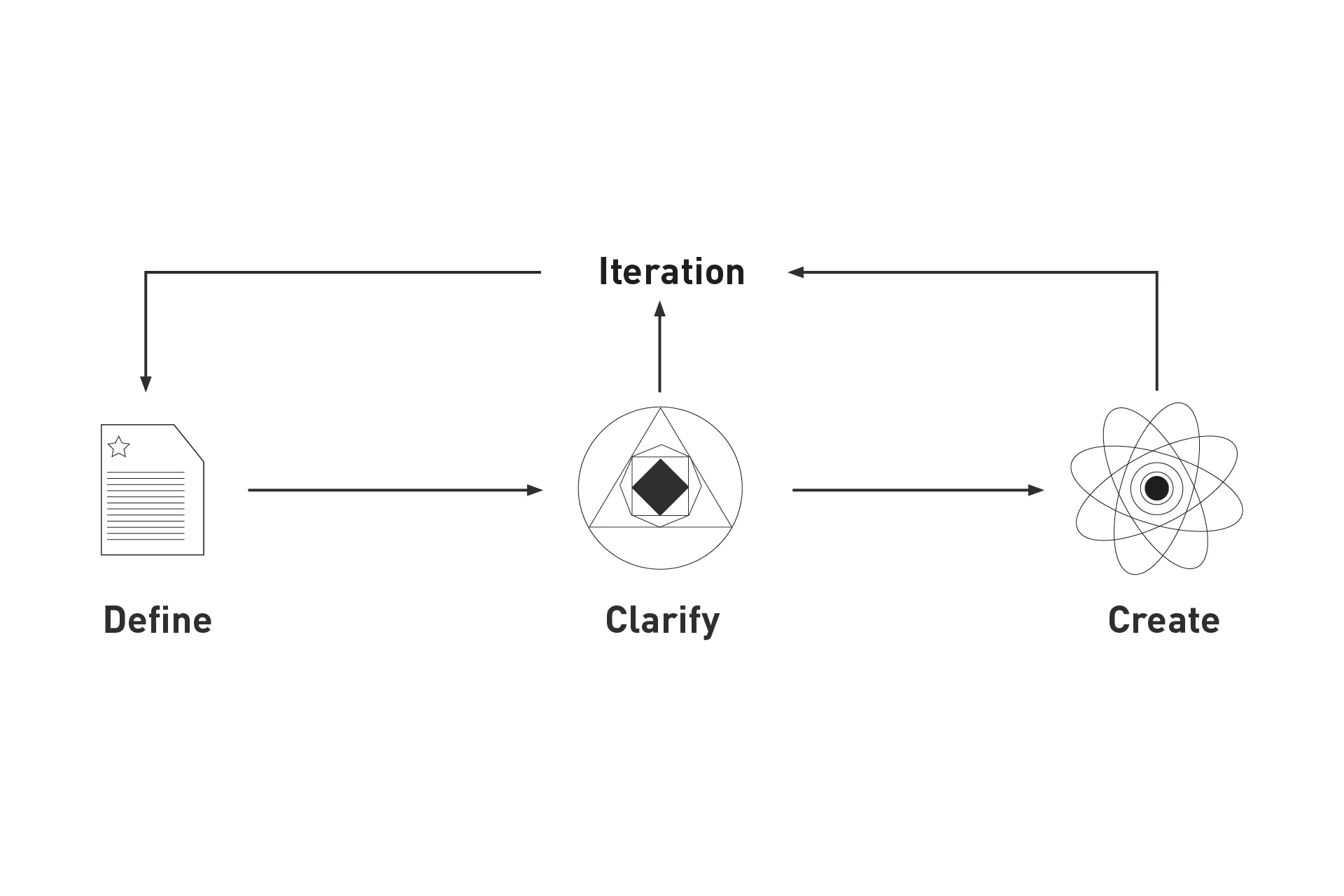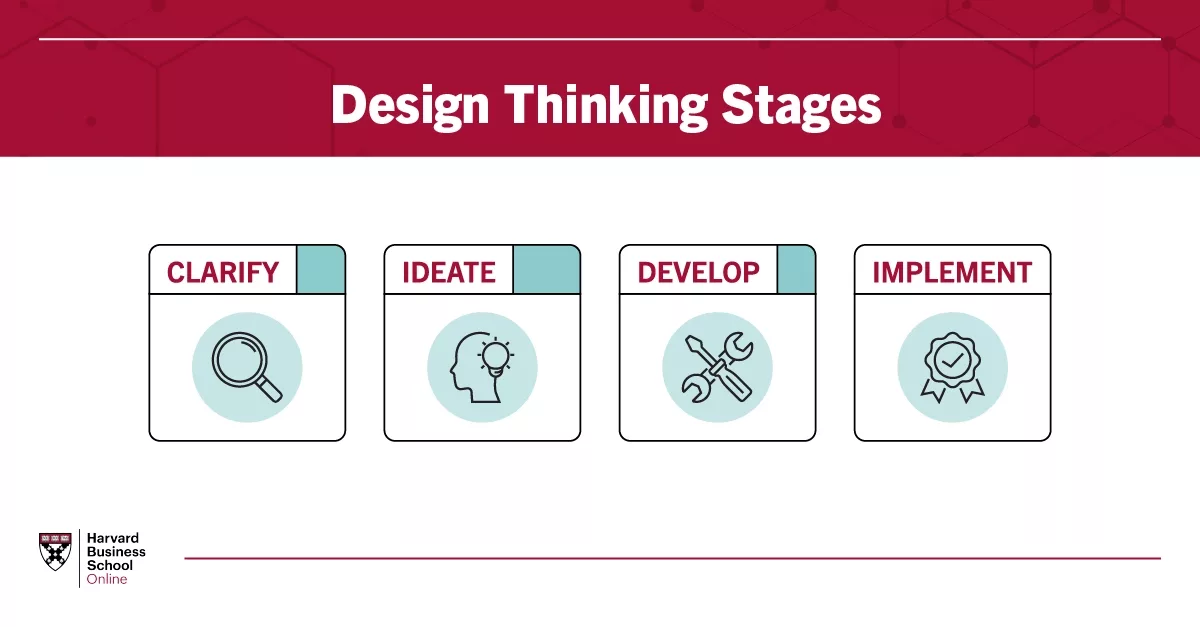What is Harvard's Design Thinking innovation model?
An iterative innovation model that takes companies or individuals through four steps: Clarify, Ideate, Develop and Implement.

An iterative innovation model that takes companies or individuals through four steps: Clarify, Ideate, Develop and Implement.
SubscribeDesign Thinking is an century old practice that was popularized by Tim Brown, CEO and President of IDEO, after he published an article in the Harvard Business Review.
In the Harvard Business School's online course Design Thinking and Innovation, Dean Srikant Datar leverages a four-phase innovation framework.
The phases venture from concrete to abstract thinking and back again as the process loops, reverses, and repeats (i.e. iterates). This is an important balance because abstract thinking increases the likelihood that an idea will be novel.
It’s essential, however, to anchor abstract ideas in concrete thinking to ensure the solution is valid and useful.
Clarify
The first step involves honing in on the objective of the process.
This involves defining a hypothesis and identifying a target audience.
In order to clearly understand the needs of the target audience, it is recommended that you carry out user research and desk research.
Subsequently you should synthesize this research into products such as insights, or a value proposition statement, to help you ideate.
Ideate
Once you have a clear hypothesis, target audience and value proposition statement, the next step is to ideate solutions.
Harvard recommends using a tool such as systematic inventive thinking (SIT) whilst we recommend that you brainstorm ideas using an affinity diagram that draws inspiration from insights, how might we's and other products of research synthesis.
Develop
The third process involves developing and testing concepts through prototypes to identify a meaningful solution that produces a return on investment.
We recommend that you define a streamlined way to gather feedback from user testing to ensure that you can determine whether a solution is valuable or not.
Implement
The final step is to bring your solution to life.
This process should include a fully fleshed out UI/UX (i.e. a user experience map) or a complete CAD Model.
From this, you should create a backlog, product roadmap and begin executing the concept. We recommend that you do this using Scrum or Agile Methodologies.
Looking to learn more about different innovation models or our process?

delasign's process
To learn more about different innovation models or about our process for creating products, services and experiences consult the links below.
Looking to learn more about Project Management, Design, Technology and Strategy?
Search our blog to find educational content on project management, design, development and strategy.
